In this article we will learn about different IoT components and look in detail about different sensors and actuators in IoT.
Contents
Introduction to IoT Components
An IoT system or application contains different components. They are:
- Identification
- Sensing
- Communication
- Computation
- Services
- Semantics
Watch this video to learn about IoT components:
Identification
The identification component deals with naming and addressing. Some of the naming schemes for naming the IoT devices are Electronic Product Code (EPC) and uCode. These schemes can be used to provide unique names to the IoT devices. The technologies that are used for addressing the IoT devices are IPv4, IPv6, etc. Using them we can assign IP addresses to IoT devices which are unique across a network.
Sensing
The sensing component includes sensors, actuators, and wearables. Sensors are tiny devices which can sense physical phenomena and represent them in a human readable format. Sensors generally act as input. An actuator is a device which receives instructions and performs an operation on another device. Actuator acts as an output. Wearables are portable smart devices which can sense and perform operations or send notifications.
Communication
The communication component plays a key role in an IoT system. This component helps in sensing the data from sensors to a server and again back from server to computing devices to which the sensors are attached. This component contains different networking devices like switches, routers, etc., and different protocols like RFID, NFC, Bluetooth, BLE, IEEE 802.15.4, Z-Wave, Wi-Fi, etc.
Computation
The computation component involves hardware and software. The hardware contains devices like sensors, actuators, computing devices, etc. Examples of computing devices are NodeMCU, Arduino, Raspberry Pi, etc. These computing devices are used to perform computation on the data gathered by the sensors and run programs. The software typically runs on a computing device or it can be middleware or APIs running in the cloud. Examples of such software are Contiki OS, TinyOS, AWS, Azure, Google Cloud.
Services
Different types of services can be provided in an IoT system. They might be provided as middleware services. Examples of services are identity related services, information aggregation services, collaborative awareness services, ubiquitous services, etc.
Semantics
The semantics component deals with the interoperability. It allows different devices to communicate with each other seamlessly. Some of the technologies or languages that provides semantic interoperability are Resource Description Framework (RDF), Web Ontology Language (OWL) and Efficient XML Interchange (EMI).
All the components can be summarized as shown in the below figure.
IoT Devices (Things)
A “Thing” in Internet of Things (IoT) can be any object that has a unique identifier and which can send/receive data (including user data) over a network (e.g., smart phone, smart TV, computer, refrigerator, car, etc.). IoT devices are connected to the Internet and send information about themselves or about their surroundings over a network or allow actuation upon the physical entities/environment around them remotely. The block diagram of an IoT device is as shown in the below figure.
Sensors
A sensor is a device (typically electronic) that detects events or changes in its physical environment (e.g., temperature, sound, heat, pressure, flow, magnetism, motion, chemical and biochemical parameters) and provides a corresponding output. Most sensors take analog inputs and deliver digital, often electrical, outputs.
Sensors may be very simple with a core function to collect and transmit data or smart by providing additional functionality to filter duplicate data and only notify the IoT gateway when very specific conditions are met.
Different components in a sensor are as shown below.
Different types of sensors are as shown below:
A sensor will have several characteristics or properties. They are as shown in below figure:
Actuators
An actuator is a type of motor that is responsible for controlling or taking action in a system. Actuator takes a source of data or energy (e.g., hydraulic fluid pressure, other sources of power) and converts the data/energy to motion to control a system. Actuators use sensor-collected and analyzed data as well as other types of data intelligence to control IoT systems. For example, shutting down gas flow when the measured pressure is below a certain threshold.

Suryateja Pericherla, at present is a Research Scholar (full-time Ph.D.) in the Dept. of Computer Science & Systems Engineering at Andhra University, Visakhapatnam. Previously worked as an Associate Professor in the Dept. of CSE at Vishnu Institute of Technology, India.
He has 11+ years of teaching experience and is an individual researcher whose research interests are Cloud Computing, Internet of Things, Computer Security, Network Security and Blockchain.
He is a member of professional societies like IEEE, ACM, CSI and ISCA. He published several research papers which are indexed by SCIE, WoS, Scopus, Springer and others.


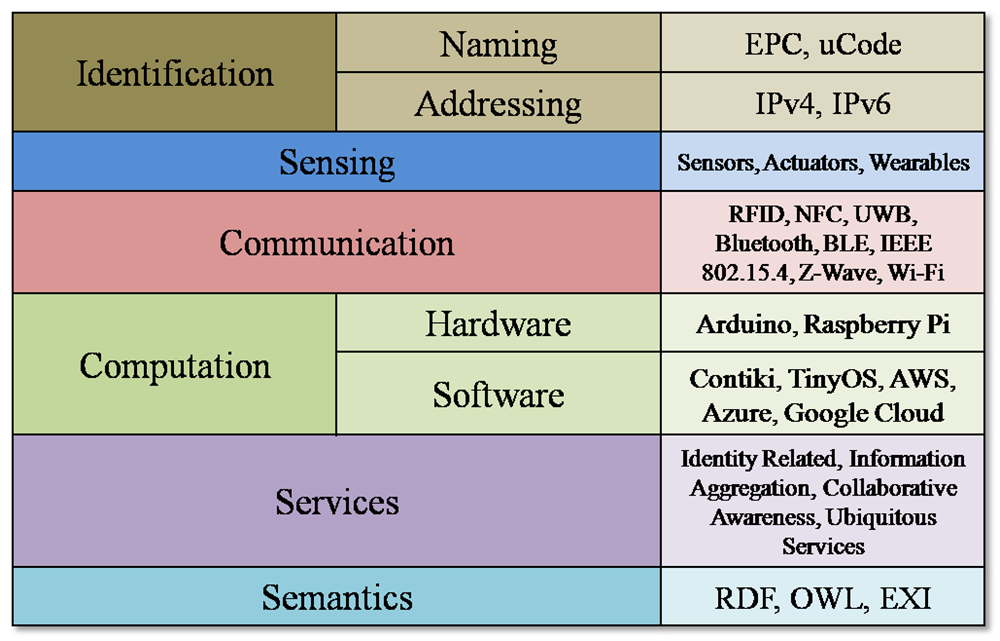
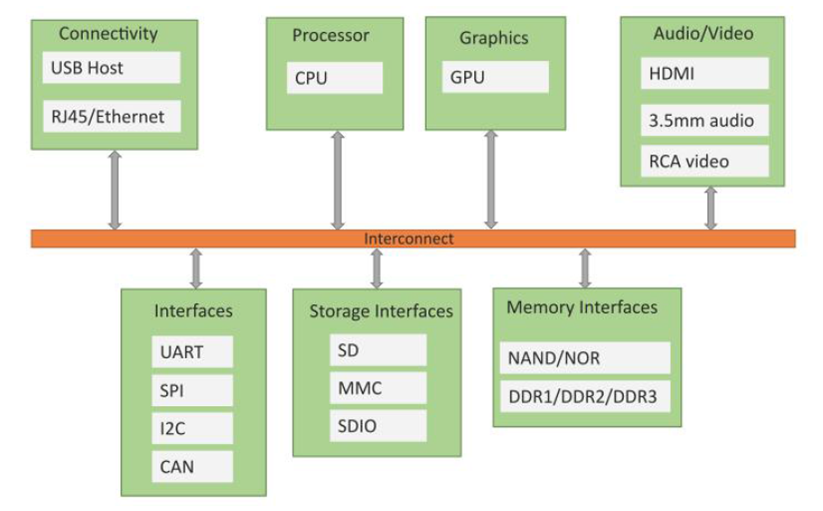
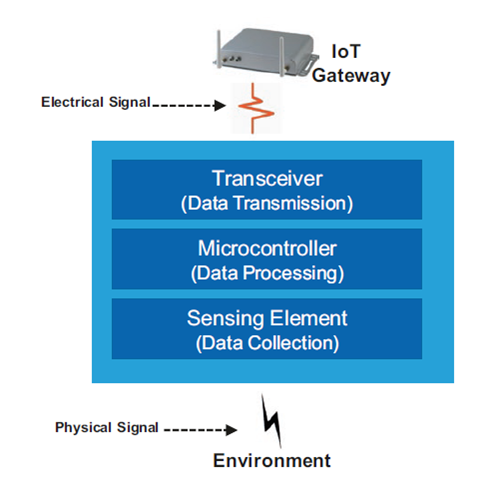
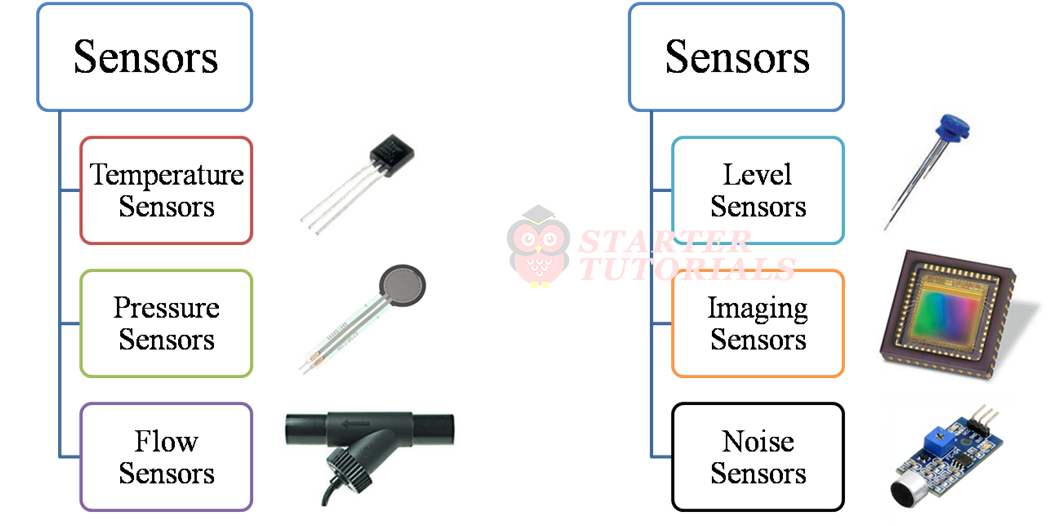
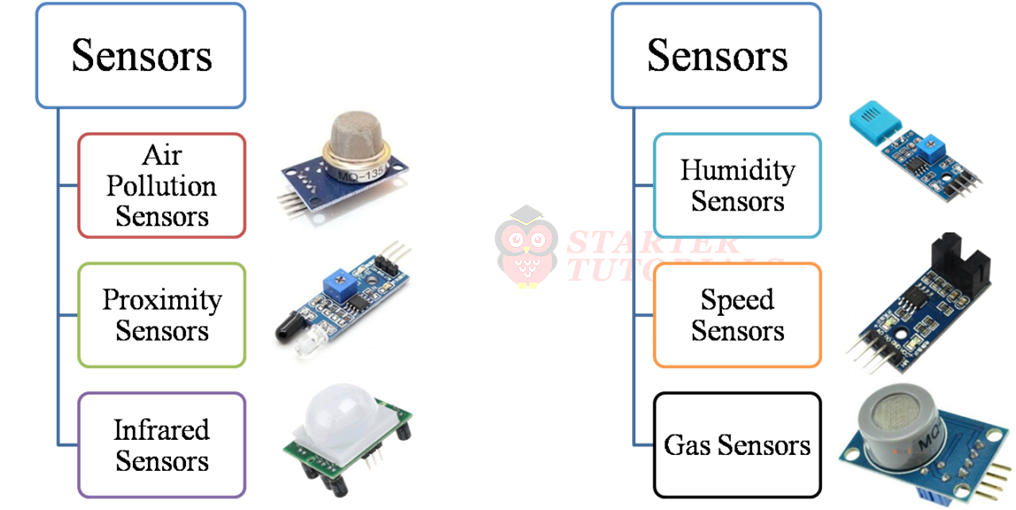


Leave a Reply